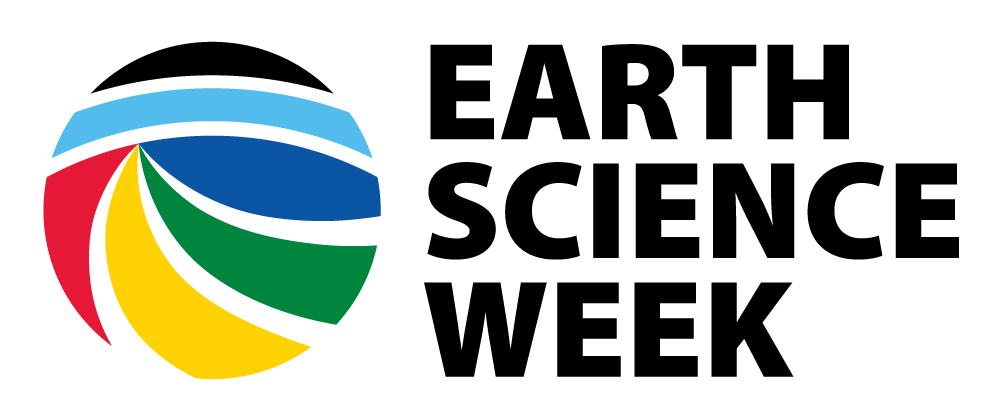Geothermal Exchange
Activity Source: The Geological Society of America
Grade Levels: 6-10
Background
If you were to dig a few feet into the ground, you would find that the temperature remains relatively constant, even on the hottest and coldest days of the year. People have learned how to harness the heat underground— called geothermal energy— to heat and cool homes. In this activity, you will model a geothermal exchange system to show how heat can be transferred to help control the temperature in buildings and homes.
Materials
- Small cups
- Thin, flexible tubing
- Scissors
- Baking pan or similar (~3” depth)
- Tape and/or modeling clay
- Digital thermometer
- Containers of warm and cold water
- Goggles
- Tongs
- Towel or rags
Procedure
- Make a “drip cup” by cutting a hole in the bottom of a cup just large enough to insert the flexible tubing.
- Make a “drain cup” with a hole in the side large enough to fit the tubing.
- Place a towel under the pan.
- Hold the drip cup a few inches above one end of the shallow pan and place the drain cup just outside the other end of the pan.
- Cut a piece of tubing long enough to connect the cups. The tubing should hang from the drip cup into the pan, running along the bottom, and into the drain cup.
- Use tape or modeling clay as needed to secure the tubing to the cups or pan.
- Measure and record the temperature of the cold water. Pour warm water into the pan that is at least 20 degrees warmer than the cold water. Wait a few minutes.
- Fill the drip cup ¾ full with cold water.
- Once the water has reached the drain cup, measure and record the temperature.
- Repeat the procedure three more times.
Analysis
- Take the average of each of the following, then describe your results:
- the initial water temperatures
- drain cup temperatures
- temperature differences
- What material do you think would be best for constructing the pipes used in geothermal exchange? Explain your answer.
Further Steps
What changes might you make to the model that you think would improve the heat exchange? If possible, test them out.
Read GSA’s Position Statement on Geosciences and Energy Policy, which discusses the important role of geoscientists in developing and maintaining a range of energy sources that can meet the energy demands of a growing global population.
NGSS Connections
- SEP: Developing and Using Models
- DCI: ESS2.A: Earth’s Materials and Systems
- CCC: Systems and System Models
